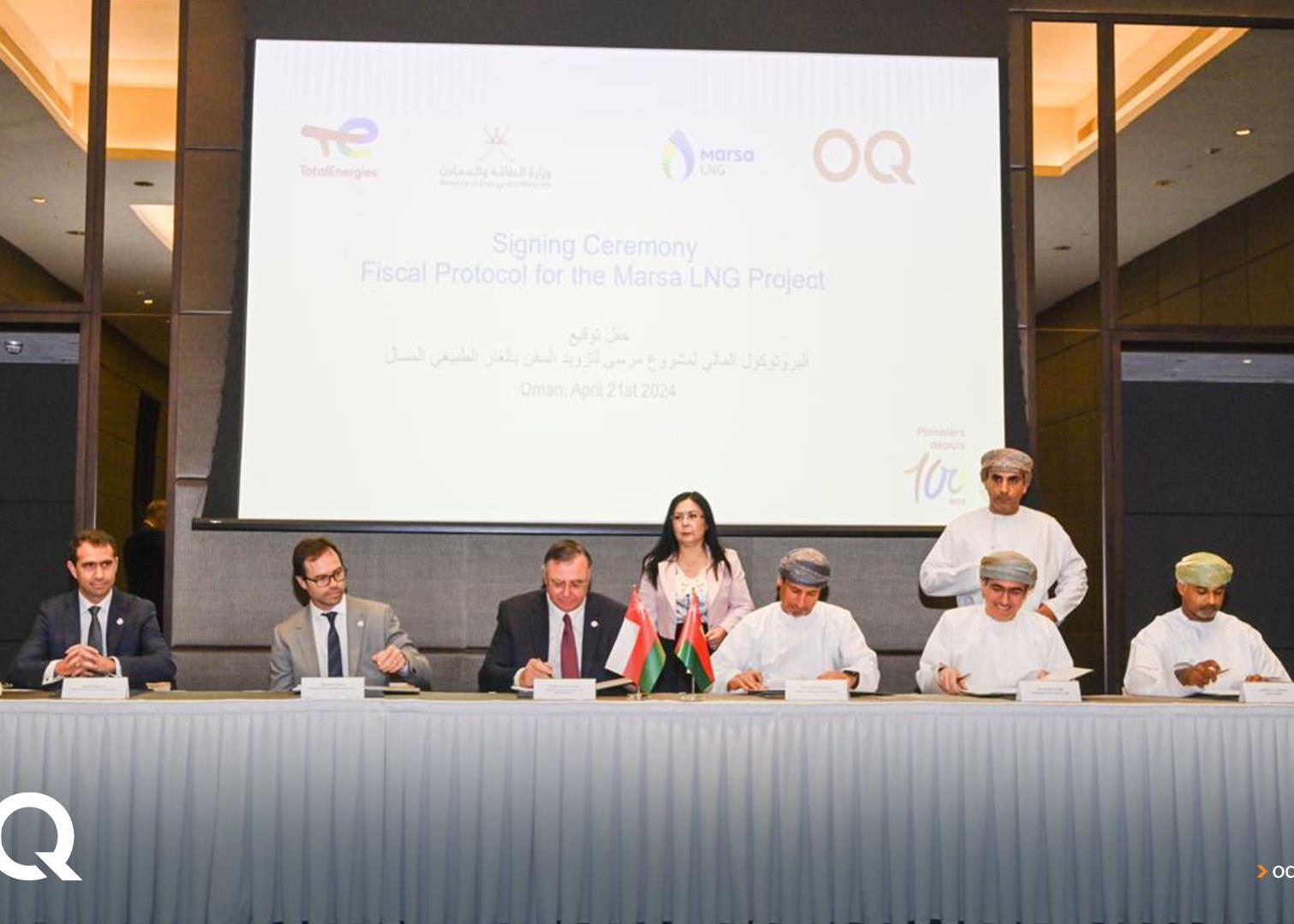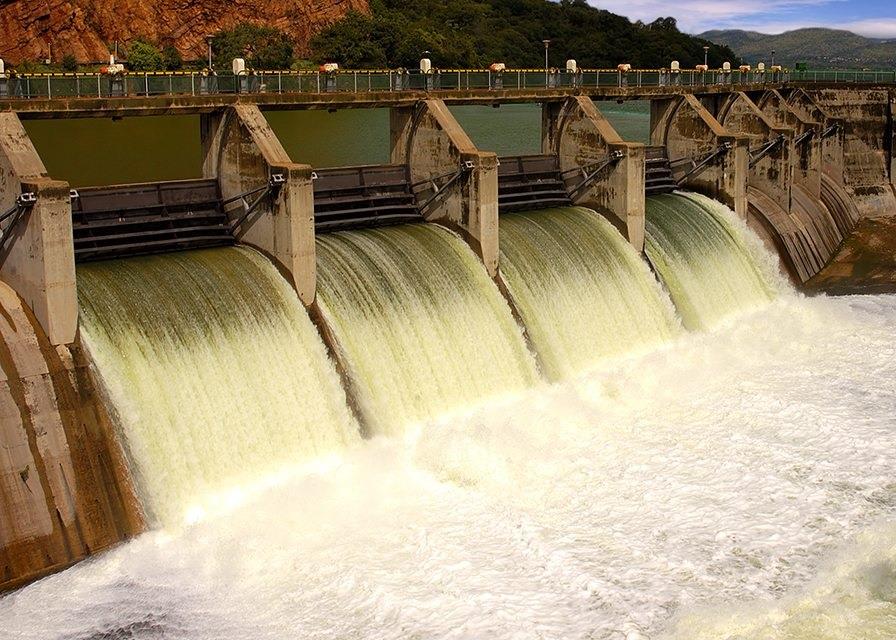
Triple-figure crude price expected to be unsustainable in the long term
Ongoing industrial action at Libyas oil terminals coupled with a proposed military strike of Syria by the US led to a recent surge in Brent crude prices to more than $116 a barrel, while Saudi Arabias 10 million barrels-a-day (b/d) production rumbled relentlessly on.
Thankfully, military action against Syria has been averted since then and oil prices have eased accordingly by about $13.7 a barrel. However, despite 2013 promising to be another bumper year for crude revenues, most of the major Middle East producers would prefer a more stable market in which to sell their hydrocarbons.
Unfortunately, while Iran continues to be hit by sanctions and previously unforeseen issues such as industrial and military action continue to impact oil prices, even the US Energy Information Administration (EIA) has admitted making accurate pricing forecasts is proving difficult.
Despite this, the EIA believes crude prices are going to ease in 2014, but will still stay well into triple figures at $108 a barrel.
With the short-to-mid-term outlook for oil prices looking so positive, many of the regions major producers are starting to use their petrodollars to fund new projects aimed at lengthening the crude value chain and offering insulation against potential future drops in prices.
Many oil industry commentators now believe there is a real threat of lower global oil prices towards the end of the decade. This in turn should signal some paradigm changes in how the world market sources crude.
The US, the worlds largest oil market, is confident it can be self-sufficient in hydrocarbons by the end of the decade. Unconventional oil and gas production is gaining in prominence in the country and as more companies enter the market, the cost of extraction is already starting to drop.
Apart from the US, the Central and South America region has witnessed its share of the worlds oil reserves increase from 7.6 per cent in 2002 to 19.7 per cent in 2012. The Middle East in contrast has seen its share drop from 56.1 per cent in 2002 to 48.4 per cent in 2012.
It is these additional reserves prompting increased production that could start to put real pressure on the crude price. Historically, Opec overcapacity has been the main driver of lower prices and there is a real risk of this being an issue in 2016-17.
Iraq, Kuwait and the UAE are planning to increase their oil production and Libya will soon be ramping up output to the levels seen before the civil war and the industrial action. Tehran is also hopeful that sanctions limiting its oil sector will be lifted in the next three years and normal exports can be resumed.
The regions governments have about three years to realign their budgets to reflect lower revenues. It has been a profitable few years, but like all good things, high oil prices seem set to expire in the long term.
You might also like...

Ajban financial close expected by third quarter
23 April 2024

TotalEnergies awards Marsa LNG contracts
23 April 2024

Neom tenders Oxagon health centre contract
23 April 2024

Neom hydro project moves to prequalification
23 April 2024
A MEED Subscription...
Subscribe or upgrade your current MEED.com package to support your strategic planning with the MENA region’s best source of business information. Proceed to our online shop below to find out more about the features in each package.




